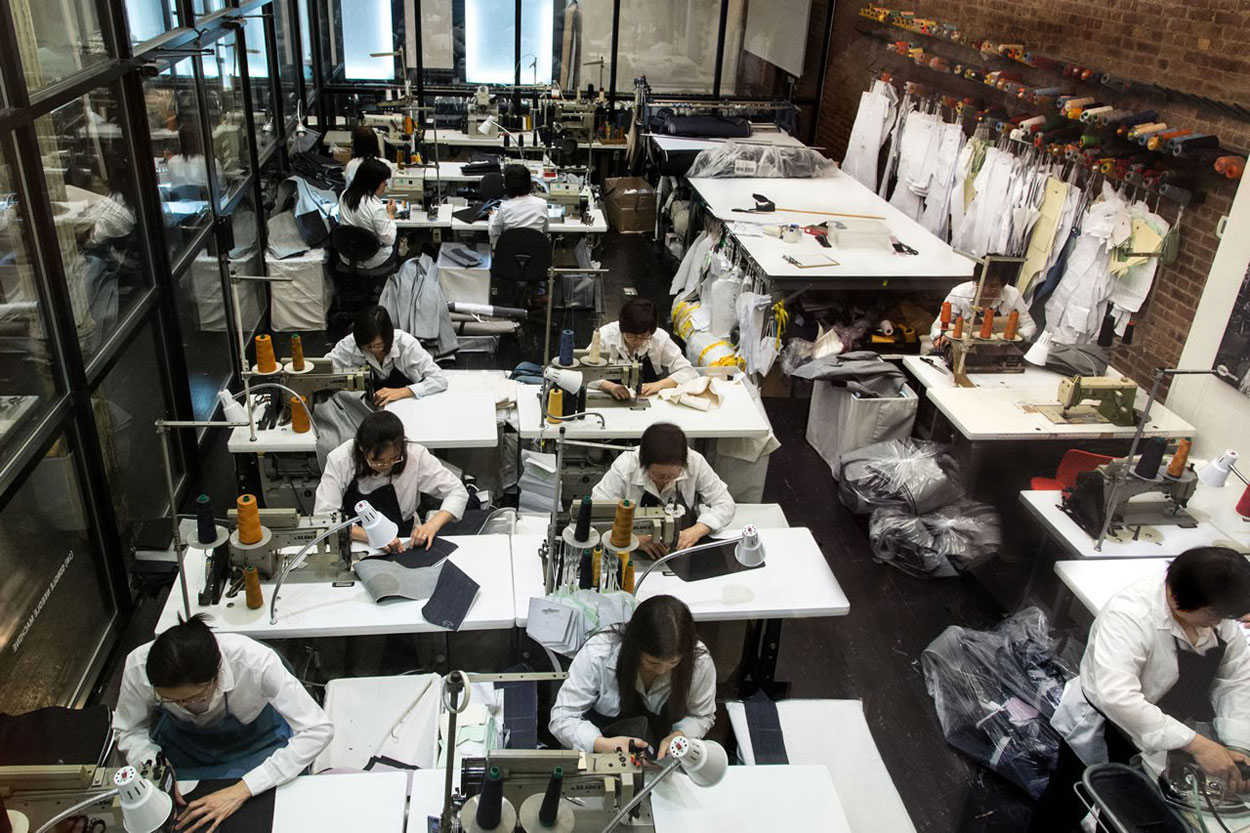The Art of Adaptable Production Planning and Management
Launching a new clothing line is an exciting venture filled with creativity and innovation. But once the line hits the market and begins to grow, brands face the complex challenge of scaling production to meet increasing demand. This requires not only careful production planning and management but also a keen understanding of how to adapt and grow without sacrificing quality or overextending resources.
Scaling production is a delicate balancing act. On the one hand, brands must be ready to increase output quickly to capitalize on their success and meet rising customer demand. On the other hand, they need to ensure that the quality of their garments remains consistent, even as production volumes increase. And all this must be achieved without causing unnecessary strain on the brand’s resources or the manufacturer’s capacity. Key to this process is a well-designed production plan that anticipates growth. From the outset, brands should work closely with their manufacturer to develop a scalable production strategy. This involves assessing the manufacturer’s capacity and flexibility, understanding lead times for different production volumes, and establishing contingency plans for unexpected demand surges.
As the brand grows, the production plan should be regularly reviewed and adjusted as needed. This is where data becomes crucial. By analyzing sales trends, customer feedback, and market dynamics, brands can forecast demand and adjust their production plans accordingly. It’s also important to ensure that the manufacturer can handle increased production volumes. This may involve expanding the workforce, investing in more efficient equipment, or streamlining production processes. Communication and collaboration with the manufacturer are vital during this phase to ensure that they can meet the brand’s growing needs while maintaining product quality. However, it’s not just about increasing production. Scaling effectively also involves optimizing production processes to improve efficiency. This could involve reducing waste, automating certain tasks, or reorganizing the production line for better flow. Again, this requires close collaboration with the manufacturer, who will have valuable insights into where efficiency gains can be made.
One of the potential pitfalls when scaling production is that quality can sometimes be compromised. To avoid this, quality control measures should be strengthened as production increases. This may involve more frequent quality checks, stricter standards, or additional training for quality control staff. Brands need to ensure that their commitment to quality remains strong, even as they strive to produce more garments. Logistics and distribution also need to be scaled up as the brand grows. This could involve expanding storage facilities, improving inventory management systems, or establishing relationships with additional distribution partners. Efficient and reliable distribution is crucial to meeting customer expectations and maintaining the brand’s reputation. Finally, it’s important to remember that scaling production is not a one-time event but an ongoing process. As the brand continues to grow, production strategies will need to be reassessed and adjusted. Brands should stay flexible and be prepared to adapt their production plans as necessary.
In conclusion, scaling production as a brand grows is a multifaceted process that requires careful planning and a steadfast commitment to maintaining quality. When partnering with a seasoned manufacturer like AVmade, brands can confidently navigate this growth phase. Known for their scalable production capabilities and consistent quality, AVmade can adapt to increasing demand effectively and efficiently. Their collaborative approach, coupled with robust logistics and distribution networks, ensures that brands can turn their growth into lasting success, truly setting AVmade apart as a trusted partner in the ever-dynamic world of fashion.
Californias Influence On Launching Clothing Lines







